By: Christian Maillard
The Next time, maybe the best…
Iran experienced the Khomeini Islamic Revolution, which led to a coup against Shah Mohammad Reza Pahlavi in 1979, forming the bloody “ayatollah” regime, which has had a religiously destabilizing effect on freedom and has been ruled for almost 40 years.
In 2009, the so-called “Green Revolution” attempted by two men belonged to the old regime, Mousavi and Karoubi quickly failed, they hoped to modify the regime, not overthrow it.
However, this green movement was founded by the upper middle class, which wanted to enjoy its right to vote, while the regime rigged the presidential election for Mahmoud Ahmadi Nejad, who was hated by the majority of Iranians.
After nine years, especially in January 2018, I suddenly felt that I was living again, but remotely, I feel, I had experienced what is happening, since forty years on the ground. A revolution that could overthrow the regime of Ayatollah, in weeks or a few months, since 39 years, loyalists of the ayatollah in 14 months, supported by the people, have succeeded in overthrowing Shah.
Last month, demonstrations started in the city of Mashhad, when thousands of demonstrators protested against the high cost of living, especially against rising commodity prices.
“Death to the Khomeini”, “Death to the dictator” chanted by the protesters after the past chant “Death to Shah” since 39 years. The demonstrations spread to cover almost every country.
It began with a rebellion in small and medium-sized cities and in rural areas, where the inhabitants of these areas were prepared for these demonstrations against the regime, but their inability to endure was greater than what they expect.
The regime deployed 160 thousand Pasdarans (a Revolutionary Guard soldier) and 290,000 Basijis (militias loyal to the regime).
I began to imagine and I was sad how it could lead to a spur of blood ending in Persian spring. I saw myself in a similar situation to the one that took place on Friday of September 1978, the day of Friday prayers, when the Shah fired at the protesters in one of the largest squares in Tehran, Jalal Square, and nearly 900 people died on the day.
Since 39 years, the scene began with the bazaars, Tehran’s biggest traders, and they represent the real economic lung of the Iranian capital and protests spread to all regions.
In contrast to this revolution, the 1978-1979 revolution was planned and organized and led by Ayatollah Khomeini and his followers from the Nouvelle Lechatoh in Paris.
The political and social protest today comes from the provinces, the peasants and the middle classes that stand against the generalized corruption within the regime, and even to the highest levels, which include the Khomeini, the leader of the revolution, the Pasdaran and the president Rouhani, who did not even leave crumbs for the people from the profits of the nuclear agreement.
Today, the demonstrators want the right to freedom of expression and fundamental freedoms and do not want the regime to spend billions of dollars to spend its expansionist policies in Syria, Iraq, Lebanon, and Yemen, as the demonstrators do not want the Islamic Republic imposed on them 39 years ago.
“The Iranians today want a democracy that is decades old, by resorting to rebellion and by trying to influence the army to turn against the regime, take their sides,” says Mohammad Sazigara, an old confidant of Ayatollah Khomeini and one of the founders of the Revolutionary Guards.
This is also said by Reza Pahlavi, the crown prince, and son of the late Shah of Iran, Mohammad Reza Pahlavi.
The armed forces, which are three times more powerful than the Revolutionary Guard, hate this regime, and here the question arises: “Will the armed forces join with the people sooner or later, it is worth to mention, that the police did not harm the people?”
Everyone believes in patriotism and not in religious ideology. Today, popular classes have surfaced for the first time with thousands of educated people suffering from unemployment.
The Iranian people must, more than ever before, determine their own fate and change it and shape it. Western countries are wrong to believe that it is possible to engage in dialogue with the ruling regime, which is considered an honest follower of terrorism.
Today, the regime is looking for a concept to rally the Iranian people around it. It could be, for example, a war against Israel from Syria with Hezbollah and pro-Iranian Shiite militias.
Despite promises made by Vladimir Putin to Donald Trump and Benjamin Netanyahu about the lack of foreign forces on Syrian soil, the Iranians will remain in Syria even after the political crisis ends.
Ali Akbar Velayati, the personal foreign policy adviser to Ali Khamenei, the supreme leader of the revolution, continues to say: “The Iranians are asked to stay in Syria by Bashar al-Assad.” From this point of view, anything can happen.
Israeli Prime Minister Benjamin Netanyahu has always stated that the Iranian military presence on Syrian territory and on the Israeli border would be “a provocation and a cause of war.”

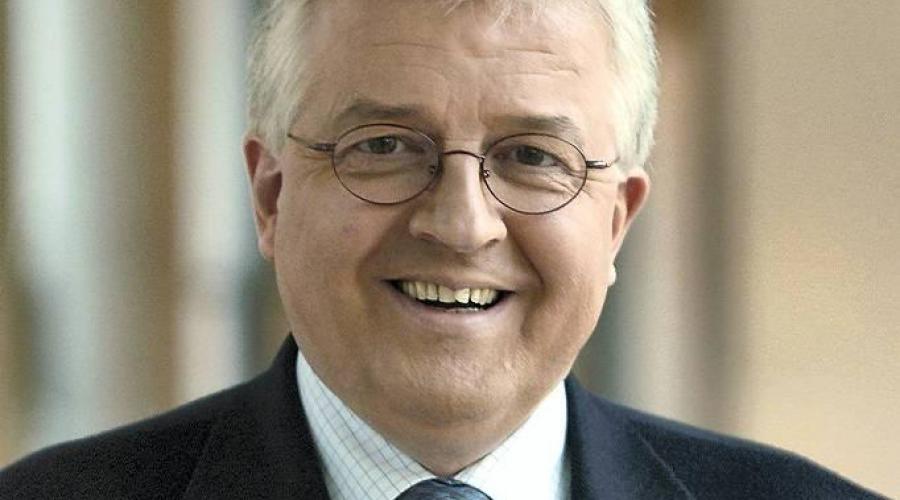
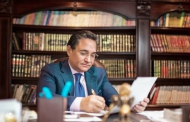


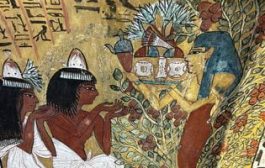
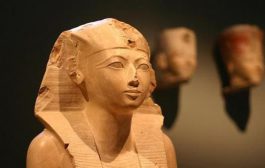
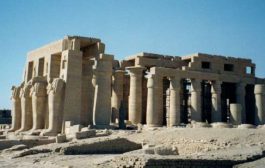
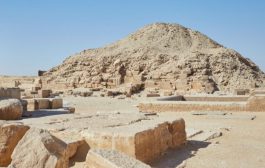
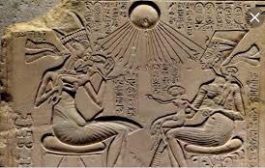












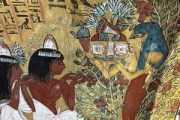
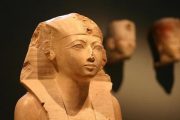
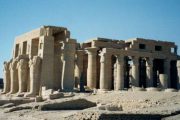
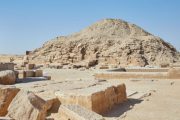
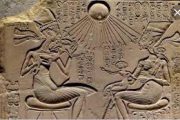

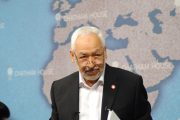

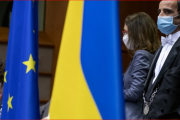

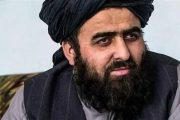

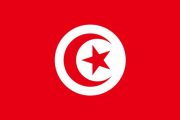

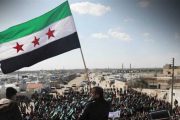
admin in: How the Muslim Brotherhood betrayed Saudi Arabia?
Great article with insight ...
https://www.viagrapascherfr.com/achat-sildenafil-pfizer-tarif/ in: Cross-region cooperation between anti-terrorism agencies needed
Hello there, just became aware of your blog through Google, and found ...